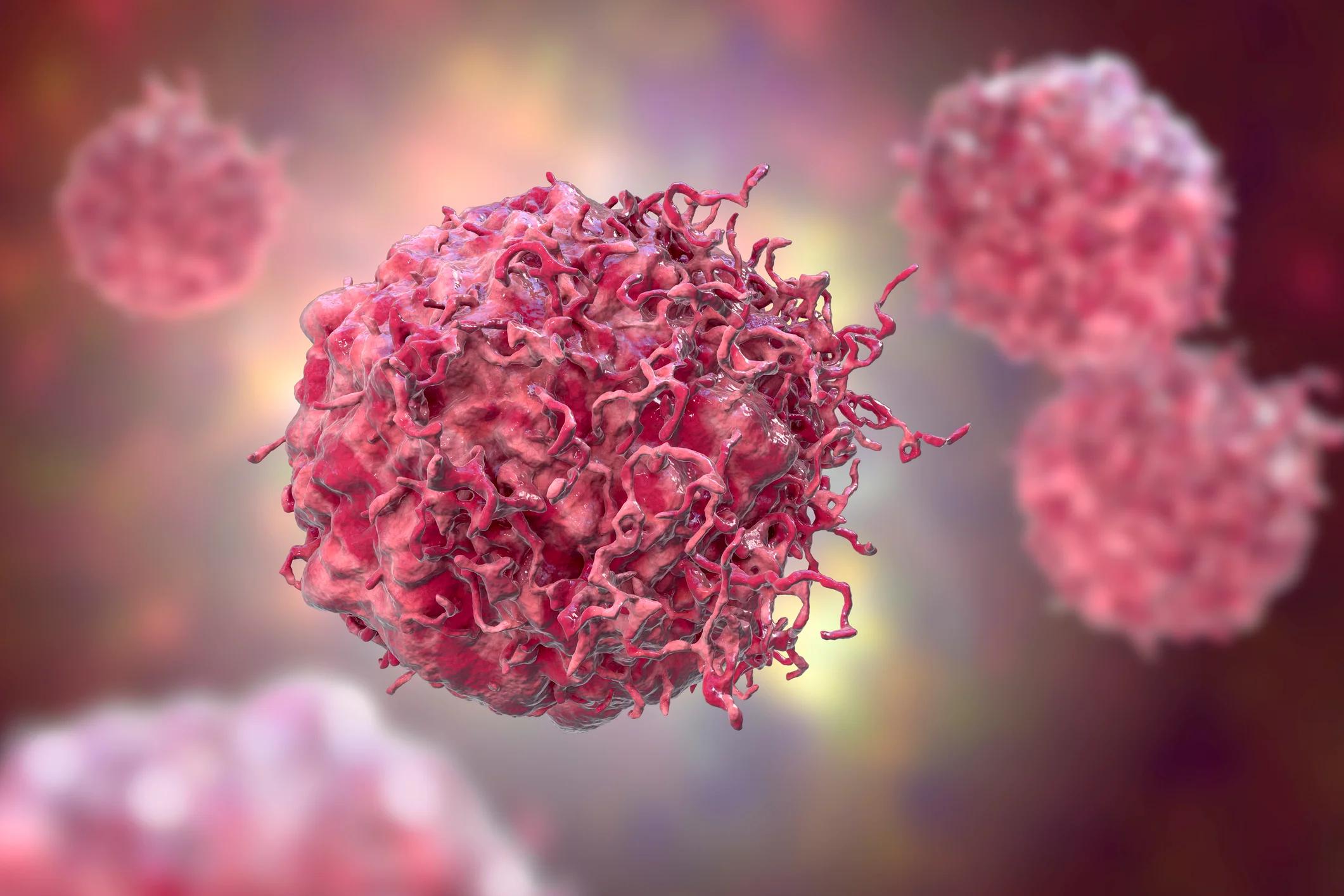KEY TAKEAWAYS
- The study aimed to elucidate NAT10’s role in NSCLC invasion and metastasis.
- The findings are promising, suggesting that NAT10 could potentially be a beacon of hope for therapeutic interventions in patients with NSCLC.
Non-small cell lung cancer (NSCLC) is the leading cause of cancer-related deaths. This cancer’s spread (metastasis) and invasion of surrounding tissues significantly affect patients’ outcomes. N-acetyltransferase 10 (NAT10) is an enzyme that modifies a specific component (N4-acetylcytidine or ac4C) of RNA in cells. While dysregulation of NAT10 has been linked to various diseases, its contribution to NSCLC invasion and metastasis remains unknown.
Quanwei Guo and the team aimed to investigate the clinical significance and function of NAT10 in patients with NSCLC.
Researchers investigated the clinical relevance of NAT10 using data from The Cancer Genome Atlas (TCGA) and a cohort of 98 patients with NSCLC. To assess NAT10 expression, they analyzed tissues from NSCLC patients, bronchial epithelial cells (BECs), NSCLC cell lines, and mouse xenografts using Western blot (WB), quantitative real-time polymerase chain reaction (qRT-PCR), and immunohistochemistry (IHC) techniques [WB, qRT-PCR, IHC].
They employed knockdown (siRNA and shRNA) and overexpression (plasmid) techniques to evaluate the effects of NAT10 on NSCLC cells. A series of assays, including CCK-8, colony formation, wound healing, and transwell assays, were performed to elucidate NAT10’s role in cell proliferation, invasion, and metastasis. The findings were further corroborated using lung cancer patient-derived 3D organoids, mouse xenograft models, and Remodelin, a specific inhibitor of NAT10.
The results revealed high NAT10 expression in NSCLC tissues, cell lines, and mouse xenograft models. Patients with higher NAT10 levels exhibited a more advanced T stage, lymph node metastasis, and poorer overall survival.
Furthermore, the knockdown of NAT10 using siRNA or shRNA techniques suppressed the proliferation, invasion, and migration of NSCLC cells. Conversely, overexpression of NAT10 using plasmids resulted in increased proliferation, invasion, and migration.
Additionally, reduced NAT10 levels correlated with increased levels of E-cadherin, a protein associated with epithelial cells, while decreasing the expression of N-cadherin and vimentin, proteins associated with mesenchymal cells. Conversely, high NAT10 expression displayed opposite effects on these proteins. Importantly, treatment with Remodelin, a NAT10 inhibitor, effectively reduced proliferation.
This study suggested that NAT10 may be a promising target for therapeutic intervention in NSCLC. Inhibiting NAT10 could provide a novel approach to treating lung cancer.
Funding was provided by the National Nature Science Foundation of China, Research Fund of Shenzhen Hospital of Southern Medical University, and the Young Innovative Talents Project of General Universities in Guangdong Province.
Source: https://pubmed.ncbi.nlm.nih.gov/38826095/
Guo Q, Yu W, Tan J, et al. (2024). “Remodelin delays non-small cell lung cancer progression by inhibiting NAT10 via the EMT pathway.” Cancer Med. 2024 Jun;13(11):e7283. doi: 10.1002/cam4.7283. PMID: 38826095.



